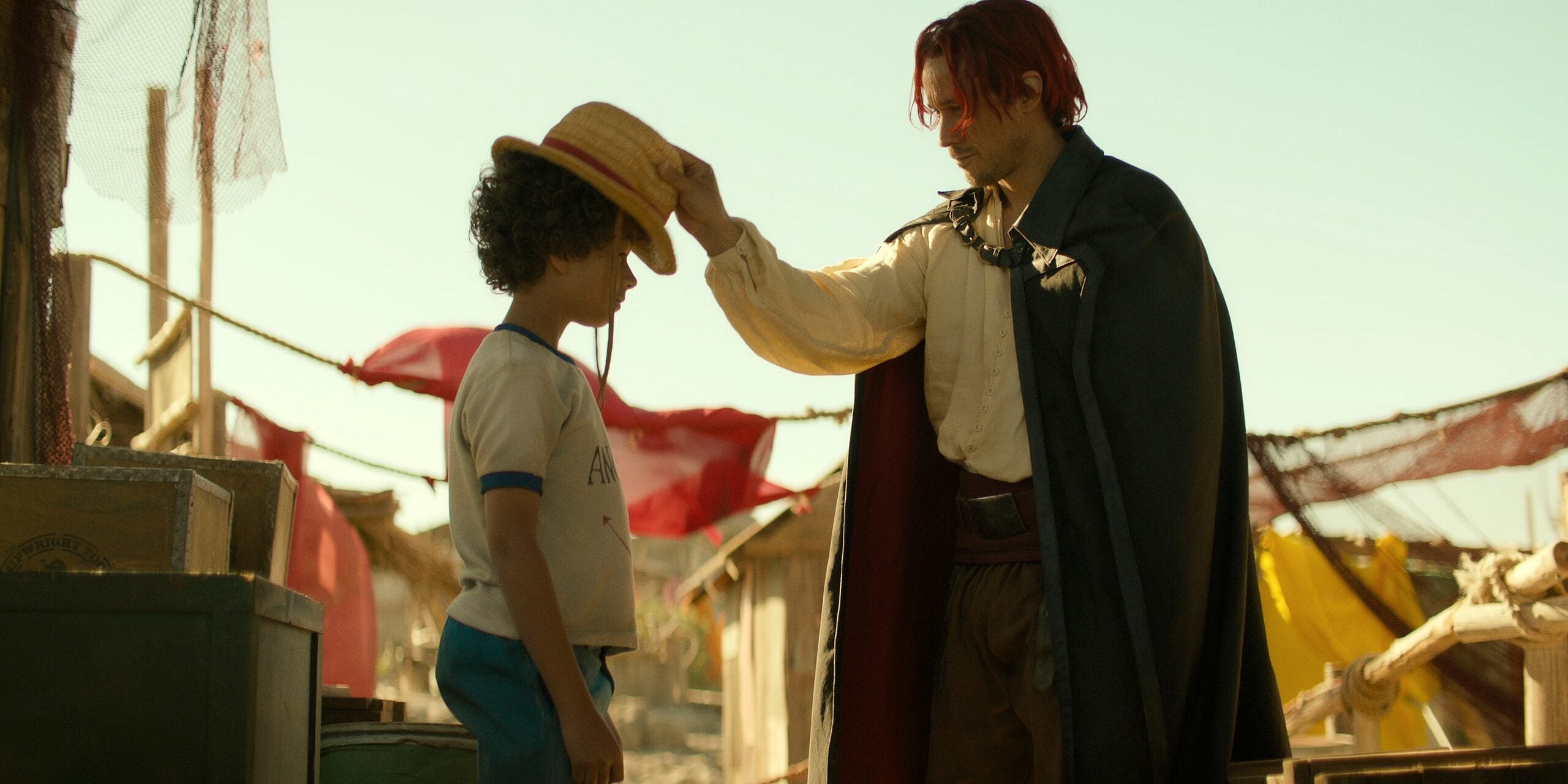Netflix’s Live-Action ‘One Piece’ Director On Collaborating With Series Creator Eiichiro Oda: “I Think It Would Be An Insanity Not To Include Him In Every Single Decision That You Make”

In yet another instance of the series’ production team pushing back against Hollywood’s disdain for source material accuracy, Netflix’s live-action One Piece director Marc Jobst believes that any attempt at adapting Eiichiro Oda’s seminal work without consulting the man himself would be nothing short of “insanity”.

Jobst, whose previous directorial credits with the streaming giant include stints on the first season The Witcher and Luke Cage as well as the second season of Daredevil, spoke to the importance of Oda’s involvement in adapting his own work while giving a One Piece-centric interview to Screenrant.
Asked by the outlet’s Grant Hermanns if he could provide in any insight into his time working alongside the iconic mangaka, Jobst beamed, “He’s the source! You know, why would you not go to the font?”

“He is the font, and he has created something that the world — the world of One Piece — adores,” he continued in his praise. “I think it would be an insanity not to include him in every single decision that you make, and make sure that we are being truthful and honoring what it is that he’s doing. Again, there is a translation from the manga to live-action, adaptations need to be made, and that’s okay, and he was always very open to understanding that you have to make some changes in order to make that transition, so long as you were staying true and honoring the spirit of what his wonderful creation is.”
“So, as a guiding hand over this whole show, he was a fantastic collaborator,” Jobst ultimately opined on the topic. “He wanted us to get it right, and we wanted to get it right for him.”

As noted above, Jobst is not the first member of One Piece‘s production crew to have realized that working with a creator in translating their work to a different medium is a far more successful game plan than overwriting them or outright rejecting their input (as was the case with Netflix’s Cowboy Bebop abomination).
Speaking to Variety’s Jennifer Maas ahead of the series’ premiere, executive producer Marty Adelstein – whose Tomorrow Studios produced both One Piece and the disaster known as the live-action Cowboy Bebop – admitted that in the failure of the latter adaptation taught him and his team that “the fans are expecting you to be true to the source material.”
“As we read the comments [in response to Cowboy Bebop], it was always, ‘Well, they didn’t do this character the same as this and that’,” he explained. “It really taught us a lot of what we needed to do with this one.”

Likewise, asked during a separate interview Hermanns if he had any learned any lessons from Oda during their collaboration, series co-showrunner Steven Maeda revealed, “I would say, just trying to figure out the amount of fealty and loyalty that had to be given to the manga.”
“And look, sometimes when something is adapted, it’s very, very faithful,” he added. “And sometimes it’s a radical difference, where it’s just you take the idea, and you run with it in a completely different direction. Both types of shows can be successful. With this one, it was clear as we were talking about it, that getting too far away from the source material was not going to be good in any way.”

“Sure, there were wonderful stories that could be told that are not as close to the manga,” Maeda elaborated. “But I think that, rightfully so, the fan base would not have accepted those shows, because One Piece is such a beloved source of material. And so I really wanted to, after a lot of trial and error, honor what Oda-san wanted to do, which was to have a version of the show that we felt really good about, and that he felt really good about.”
“And so it was then a matter of lining those things up, and kind of toggling them a little left and a little right and just making sure that even if there’s something new in the show it feels genuine,” the co-showrunner continued. “Pray to God the show feels like that because that was the intent.”

Netflix’s live-action One Piece begins its journey to the Grand Line on August 31st.
